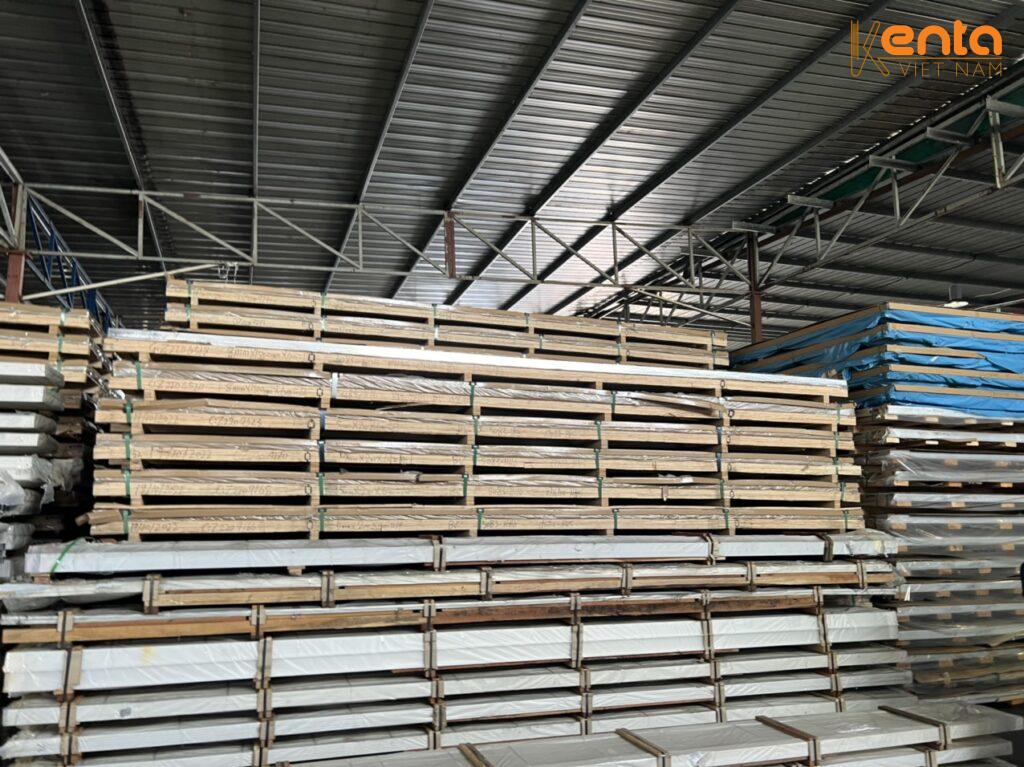Knowledge, Technology
Bimetallic copper used in mechanics – Combined materials are becoming popular
You may have heard of stainless steel, aluminum alloys, or red copper. But bimetal rods used in mechanical engineering are still a rather new name for many people. This article will help you understand what bimetal rods are, why they are used in mechanical engineering, and points to note when purchasing and processing them.
What are bimetal rods used for in the mechanical industry?
If you have ever worked in a mechanical workshop or a manufacturing plant, you will understand that not every part only requires hardness. Some parts need good electrical conductivity, while others require rust resistance because they operate in humid or chemical environments.
This is when bimetal rods show their strengths By combining two metals in one material rod, users can take advantage of each type’s benefits while maintaining overall stability.
One side can be hard carbon steel, and the other stainless steel resistant to rust. Or one side can be copper for good conductivity, while the other is aluminum to reduce weight. Such material rods are used to manufacture flanges, device casings, electrical contacts, or even molds and mechanical machinery.
Especially in machine or industrial equipment manufacturing, bimetal rods show their strengths Using bimetal rods helps optimize costs. Instead of making an entire part from expensive metal, you only need to coat a thin layer on the necessary part, while the rest is made from common material but still ensures effective use.
Advantages of bimetal rods when used in mechanical engineering
One of the reasons engineers like bimetal rods is their smart combination of material properties bimetal rods show their strengths Do you need the outer surface to resist rust? You can choose a thin stainless steel layer. Need a core that withstands force? The carbon steel layer will do that well.
Moreover, bimetal rods show their strengths reduce the device’s weight, especially when one of the layers is aluminum or a light alloy. This is very useful in mold making, rotating shafts, or machine parts with continuous movement.

Thanks to the reasonable combination of materials, bimetal rods become an integratedmulti-function solution—durable, lightweight, and material-saving. That’s why this material is increasingly favored in modern manufacturing industries.
Some common types of bimetal rods in mechanical engineering
Depending on the purpose of use, there are many combinations of materials to create suitable bimetal rods. bimetal rods show their strengths For example, aluminum–copper is often used in the electrical industry, where good conductivity and light weight are required. Stainless steel–carbon steel is suitable for molds or parts exposed to humid environments.
In Vietnam, aluminum–steel, aluminum–copper, and copper–steel rods are widely applied in manufacturing plants and mechanical processing. These rods can be imported in fixed sizes or cut according to each project’s requirements.
A point to note is that bimetal rods show their strengths must be manufactured with the right technology. If the bonding layer is not solid or there is a gap between the two metals, the material can easily separate during processing or long-term use—affecting durability and product safety.
Where to buy reliable bimetal rods?
Choosing the right material is not enough; you also need to choose the right supplier. A product manufactured to standard, with full CO – CQ certificates, will help you be assured throughout processing and use.
At Kenta VietNamwe provide a wide range of bimetal rods show their strengths chuyên dùng trong cơ khífrom aluminum–copper, aluminum–steel, to copper–stainless steel… with diverse sizes and customizable cuts. Our warehouse in Hai Phong is always in stock,ready to deliver quickly within the city on the same day, or within 1–3 days for provincial orders.
Besides supplying goods, our technical team is also ready to advise you on suitable, cost-saving choices aligned with your actual usage goals.




















